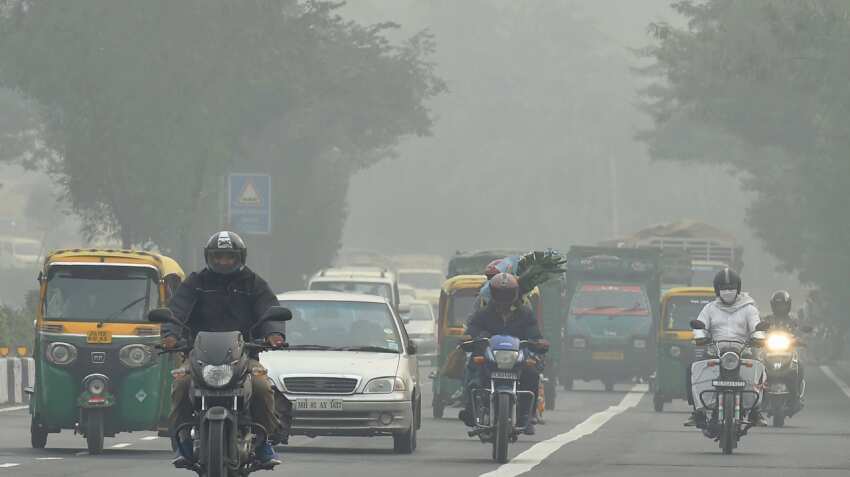Air pollution: 20 cities in top 30 list in India; Gwalior worst, Kanpur follows, says WHO
The latest ranking by WHO of cities based on ambient air quality lists eight Indian metropolises among the top 10 most polluted. Furthermore, India dominates the top 30 list with 20 cities. Gwalior in Madhya Pradesh comes on top of places hard to breathe in, followed by Kanpur, Faridabad and Allahabad.

The latest ranking by WHO of cities based on ambient air quality lists eight Indian metropolises among the top 10 most polluted. Furthermore, India dominates the top 30 list with 20 cities. Gwalior in Madhya Pradesh comes on top of places hard to breathe in, followed by Kanpur, Faridabad and Allahabad. Varanasi ranks sixth, while Gaya, Patna, Raipur and New Delhi follow. Muzaffarpur comes in at 14.
The report also reveals an alarming death toll of 7 million people every year caused by ambient (outdoor) and household air pollution. “Air pollution alone caused 4.2 million deaths in 2016. The highest air pollution levels are in the Eastern Mediterranean Region and in South-East Asia, with annual mean levels often exceeding more than 5 times WHO limits,” the report adds.
Late last year, Greenpeace India, as part of its Airpocalypse-II Report, had compiled data from 280 cities across the country. The data highlighted that more than 80 per cent of our cities had pollution levels beyond National Ambient Air Quality (NAAQ) set up by the Central Pollution Control Board (CPCB).
Watch this Zee Business video here:
Interestingly in 2016, the WHO report contained data for only 32 Indian cities. This is despite the Central Pollution Control Board and State Pollution Control Boards monitoring air quality data for 300 cities across the country. Experts have cited this as lack of readily available data in the public domain.
The Ministry of Environment and Forest has identified 100 non-attainment cities under the National Clean Air Programme (NCAP). However, NCAP missed three cities highlighted in the WHO report — Gaya, Patna and Muzzaffarpur. “The WHO report clearly underplays the situation by mixing up data from many years,” Sunil Dahiya, senior campaigner for Greenpeace India, said. “In reality, the situation in India is much worse. It’s imperative that the NCAP has clear targets for pollution reduction and interim milestones.”
By Jayadev Calamur, DNA India
09:31 AM IST






 COVID-19 threat very real, but controllable: WHO chief Tedros Adhanom Ghebreyesus
COVID-19 threat very real, but controllable: WHO chief Tedros Adhanom Ghebreyesus Good news! Ayushman Bharat scheme to get this big boost now
Good news! Ayushman Bharat scheme to get this big boost now Health care investment needed to curb out-of-pocket spending: WHO
Health care investment needed to curb out-of-pocket spending: WHO You can live 4 years longer if this happens
You can live 4 years longer if this happens Mumbai is 4th most polluted city in world? Experts question WHO data
Mumbai is 4th most polluted city in world? Experts question WHO data